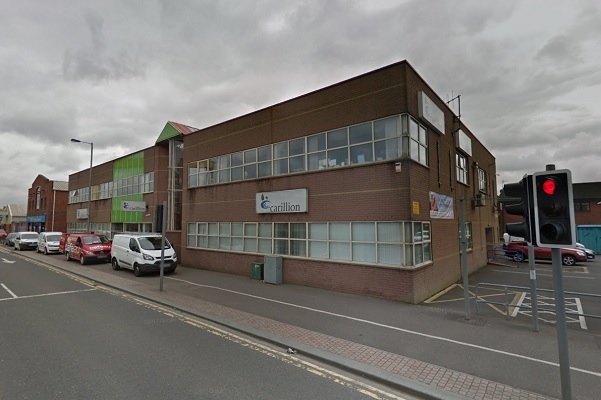You are viewing 1 of your 1 free articles
Could a Carillion-style collapse happen in social housing?
Housing associations have strong financial foundations, but there are lessons for the sector to learn, says David Montague
The other night I listened to the chilling words of Jeremy Corbyn on the news.
Public services – along with 20,000 workers and thousands of small businesses – are at risk, yet the bosses of Carillion are handsomely rewarded.
As he spoke, you could feel the tide turning against large privately run businesses. What does it mean for housing associations? Are we getting too big? Too corporate? Could it happen to us?
If you read Carillion’s last annual report, the future seemed bright.
A model of good governance, values driven, “making tomorrow a better place” – you could be reading the report of a housing association. But there are some fundamental differences between housing associations and Carillion.
First, a few housing associations, including L&Q, might be big compared with others and compared with the past, but Carillion is massive.
It employs 43,000 people. L&Q employs 2,600. Carillion operates across UK, Canada and the Middle East. L&Q won’t set foot out of England and most of our homes are in London.
But despite its scale, last year Carillion delivered a wafer-thin profit of £130m on a turnover of £5.2bn.
L&Q made a surplus of £330m on a turnover of £1bn and every penny of our surplus was invested back into homes and communities.
“The financial foundations of housing associations are so much stronger.”
Carillion had £1.5bn of debt and next to no assets. L&Q has £5bn of debt but £23bn of assets.
The financial foundations of housing associations are so much stronger. Demand for what we do far outstrips supply.
The vast majority of us are charities; our charitable purpose is deep rooted. And crucially, we are regulated.
As I write, our regulator is interviewing L&Q’s people as part of our post-merger in-depth assessment. It is thorough, it is intense, it is challenging – but we are better for it.
Housing associations are sound but no organisation is unbreakable.
Professor Anne Power, leading economist at the London School of Economics, once told me the story of German housing association Neue Heimat.
How they grew to more than 400,000 homes diversifying into different businesses and countries, borrowing lots of money and creating complex legal and governance structures along the way.
The market turned against them, their business crashed, their homes were sold to a German baker for a few pfennigs and the executive went to jail for fraud.
What started as an ambitious social business ended in ruin and affected the whole housing market for a generation. It happened there; it could happen here.
“We should never place our core social housing business at risk.”
So what can we learn from Carillion and Neue Heimat? For me, three things spring to mind.
First, for heaven’s sake, keep it simple. If you think you can have a hand in every sector and every country, try patting your head and rubbing your stomach first.
Second, grow responsibly. We face a crisis – it is our responsibility to fix it, but we should never place our core social housing business at risk.
And third, plan for succession. Your values and purpose may be in your blood today, but will your successors be just as committed as you?
If they are recruited into a more complex, more commercial business than the one you run today, will their centre of gravity be the same as yours?
I don’t pretend to have all the answers but Carillion reminds us how important it is to ask the questions.
That’s why L&Q, in partnership with Network and Clarion, have just launched a new commission which will examine how housing associations of all sizes should evolve over the next 10 to 15 years – how we should adapt to manage social, economic and sectoral change in the best interests of customers, stakeholders and society at large.
“Housing associations are responsible social businesses. We are ambitious, but we are not bullet proof.”
The commission has put out a call for evidence to more than 90 influential organisations including housing associations of all sizes, local authorities, trade bodies, government and its key housing agencies, developers, lenders, residents and thinktanks.
We have been overwhelmed and delighted by the scale, quality and diversity of response. We will be holding a series of round tables and interviews during the early part 2018 and aim to publish in June 2018. Watch this space.
Housing associations are responsible social businesses. We are ambitious, but we are not bullet proof.
Our work with Network and Clarion on the Future Shape of the Sector Commission will shine a light into the future and demonstrate that this generation is determined to hand to our successors a thriving sector which is rooted in its social purpose.
David Montague, chief executive, L&Q











